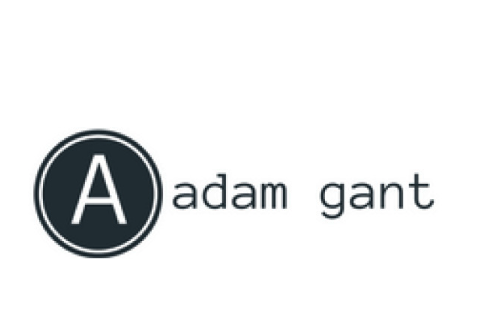Short bursts of intense activity are interspersed with lower-intensity movements during a type of exercise called high-intensity interval training (HIIT). The activity is brief yet has twice as many health advantages as moderate-intensity exercise. A HIIT exercise routine will typically last 10 to 30 minutes. Depending on the activity you choose and the intensity of your training, the time you exercise and recuperate will change. Workouts include running, riding, jumping rope, or other bodyweight activities. A HIIT exercise on a stationary bike would consist of 30 seconds of intense, high-intensity pedaling followed by several minutes of easy, leisurely cycling with low intensity. This counts as one repetition. An average HIIT session is made up of 4-6 reps.
In addition to offering the advantages of longer-duration exercise in a shorter time, HIIT may also have certain particular health advantages. HIIT burns a large number of calories quickly. Researchers compared the number of calories burned after a HIIT routine of 20 seconds of maximum effort and 40 seconds of recovery with weight training, running, and bicycling for 30 minutes. It was discovered that HIIT burns between 25 and 30 percent more calories than the other types of exercise.
The benefits continue after the workout finishes. Hours after a HIIT activity, your metabolic rate is higher than before. When your workout is over, HIIT assists in burning calories by forcing your body to use fat instead of carbohydrates as fuel. Even with a significantly lesser time commitment, high-intensity interval training may reduce fat compared to conventional endurance training.
HIIT may also help you grow muscle. While HIIT is predominantly a cardio-based form of exercise, when used alongside strength training, the results are even more impressive. The muscles that are utilized the most with HIIT, the torso and legs, are the ones that produce the most significant muscular mass.
Your muscles’ capacity to use oxygen is known as oxygen consumption. Usually, endurance training is used to increase oxygen consumption. This often consists of extended periods of steady-pace cycling or jogging. However, HIIT may provide the same advantages in a shorter period. People who engaged in four 20-minute HIIT exercises each week for five weeks had a 9% increase in their oxygen intake. Similar improvements in oxygen consumption were seen when cycling continuously for 40 minutes per day, four days per week—eight weeks of either conventional exercise or HIIT on a stationary bike boosted oxygen intake by roughly 25%. HIIT accounted for only 60 minutes per week, compared to 120 minutes for traditional exercise.

